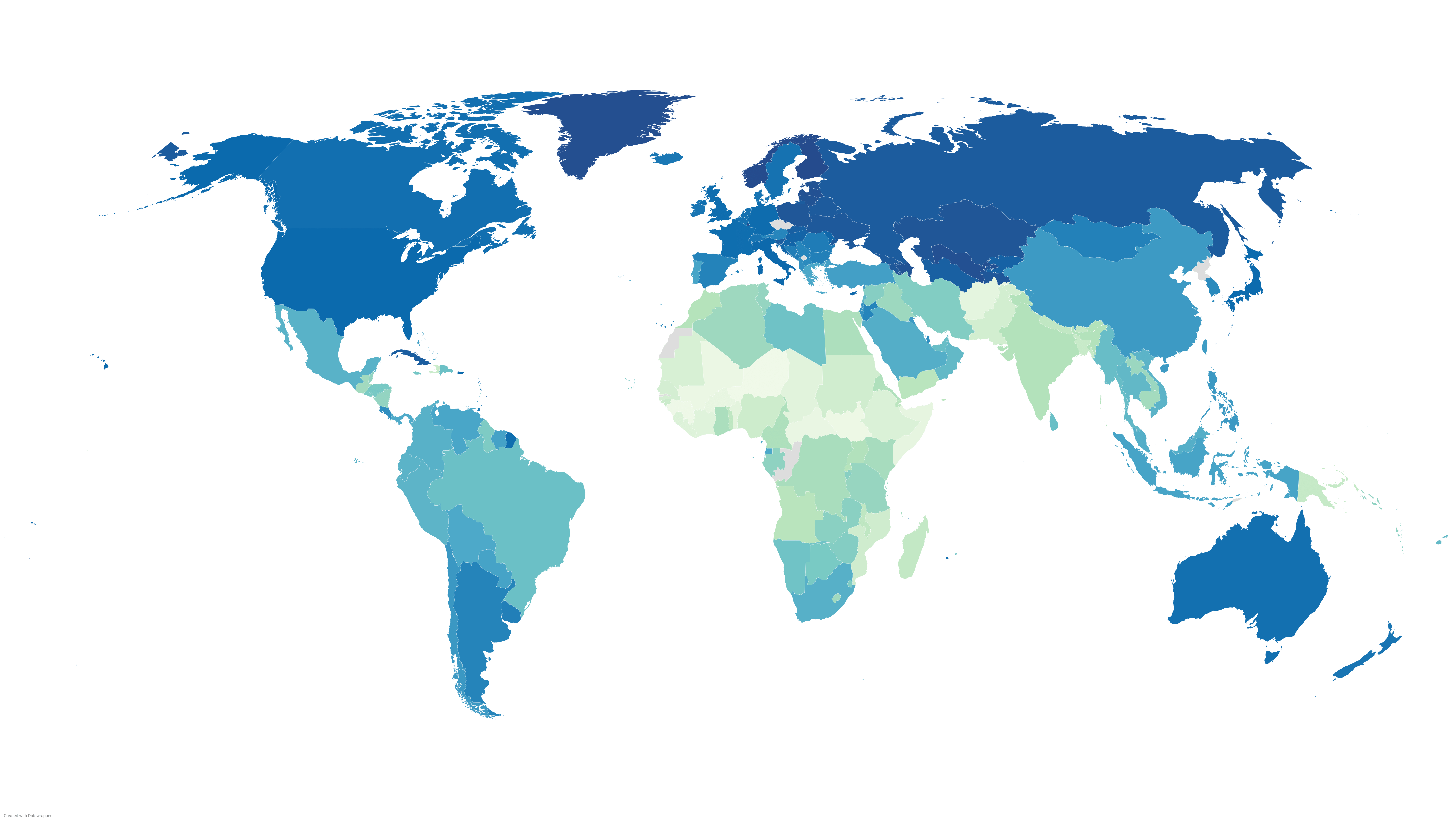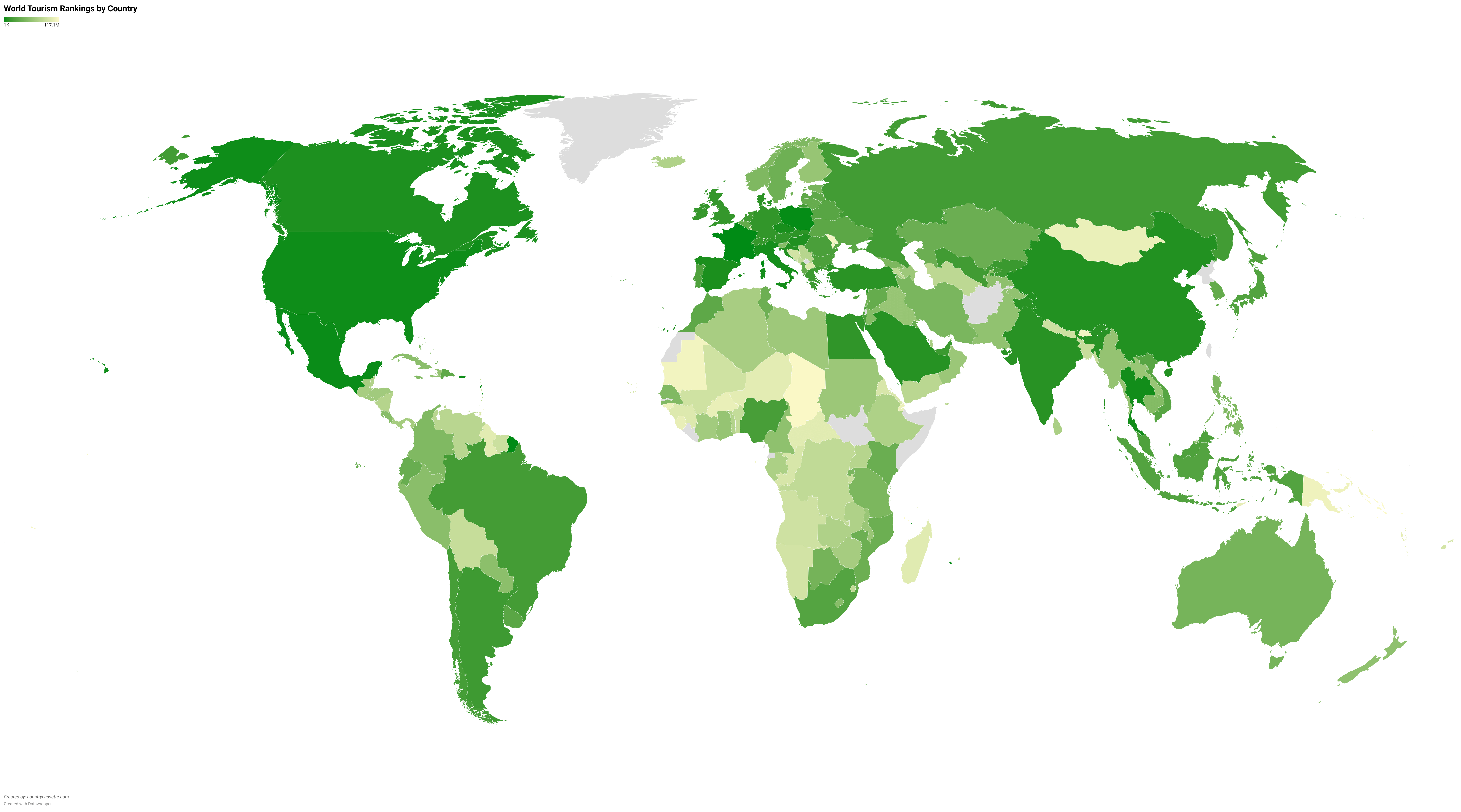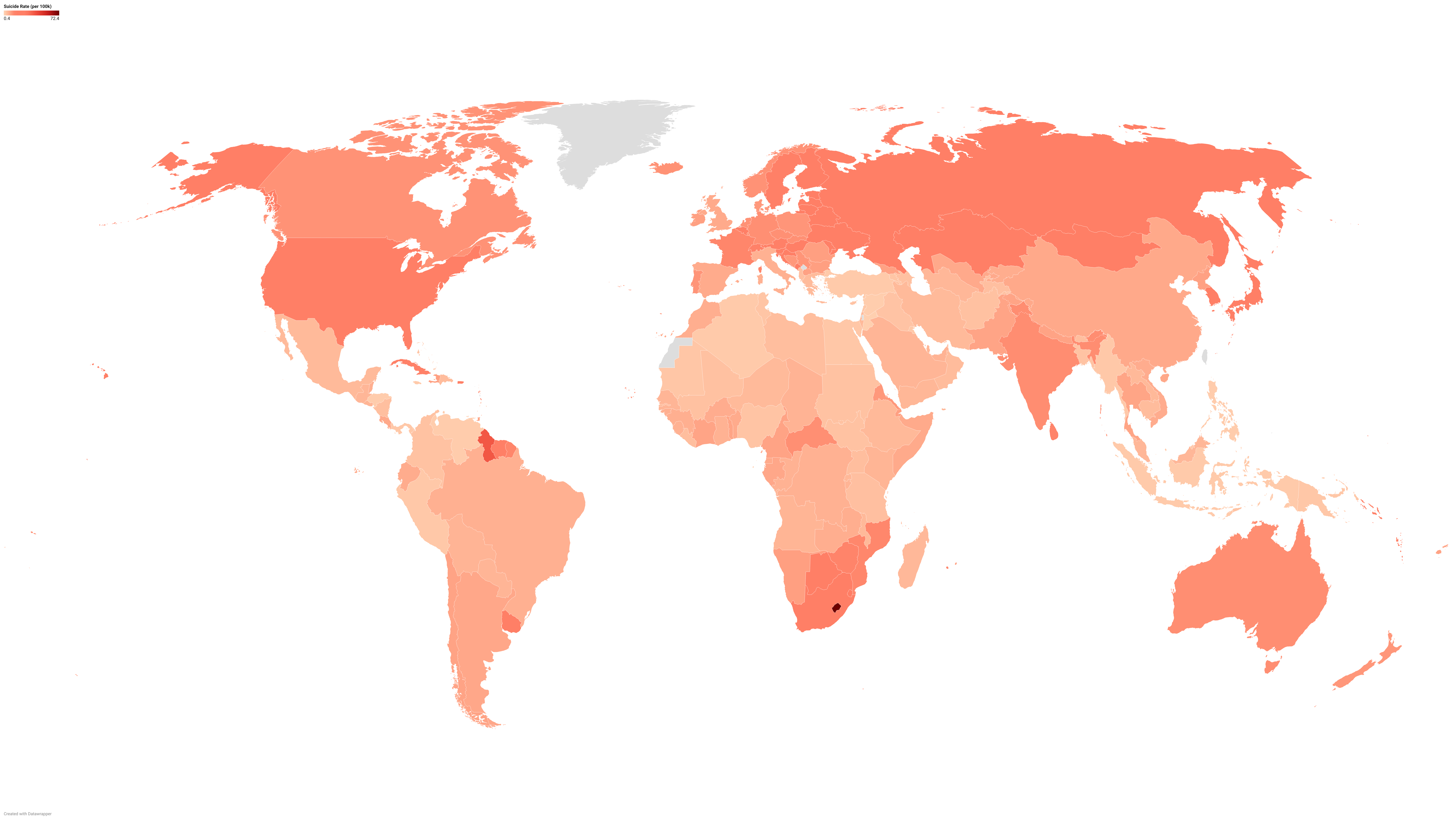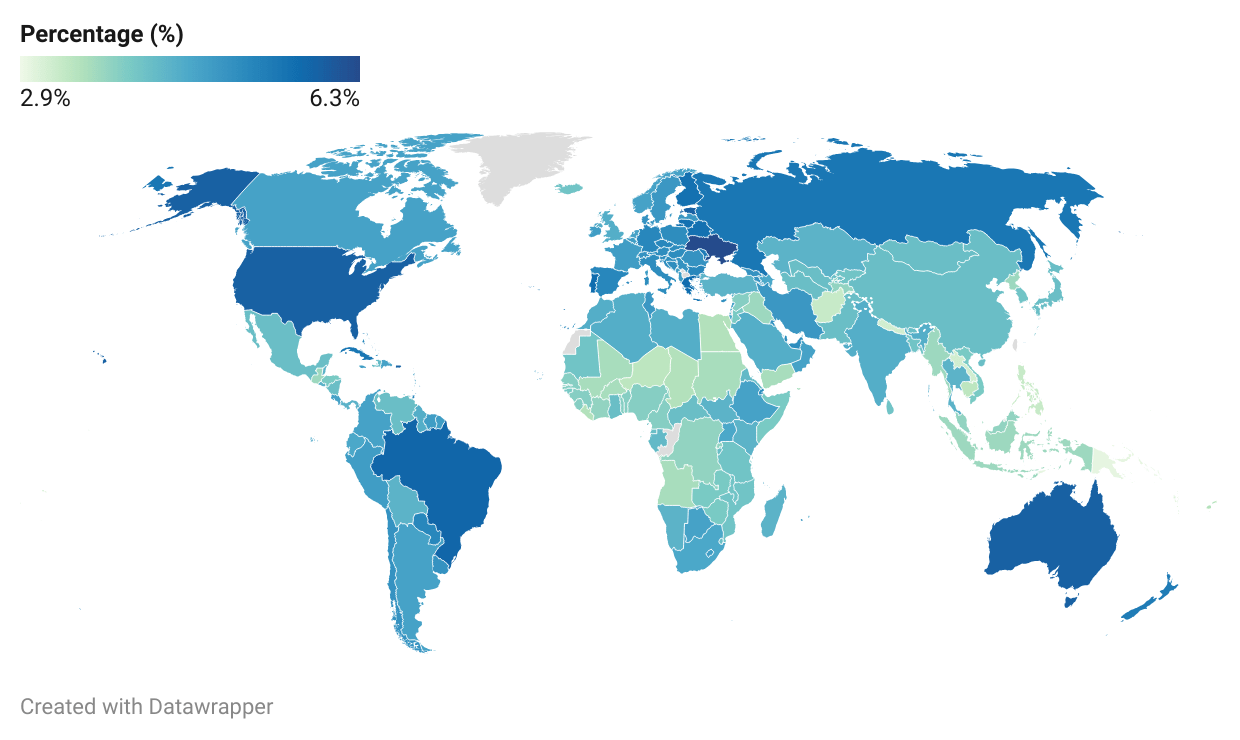Biggest Economies in the World 2025
In 2025, the world’s top five economies will be led by the United States, with a projected GDP of $30.5 trillion, remaining the world’s largest economy thanks to its strength in technology, finance, and innovation. China is in second place with $19.2 trillion, driven by its vast manufacturing sector and influence in global trade. Germany is in third place with $4.74 trillion, boosted by its strong industrial base and export power. India has risen to fourth place with a GDP of $4.18 trillion, driven by rapid growth in technology and services. Japan follows closely in fifth place with $4.18 trillion, maintaining its position thanks to advanced manufacturing and a high-tech economy.
At the other end of the spectrum, the countries with the lowest GDP in 2025 are mostly small island nations facing economic and geographical challenges. Tuvalu ranks last with just $65 million, followed by Nauru with $169 million, the Marshall Islands with $297 million, Kiribati with $312 million, and Palau with $333 million. These economies rely heavily on foreign aid, limited natural resources, and are particularly vulnerable to climate change and global economic fluctuations.





